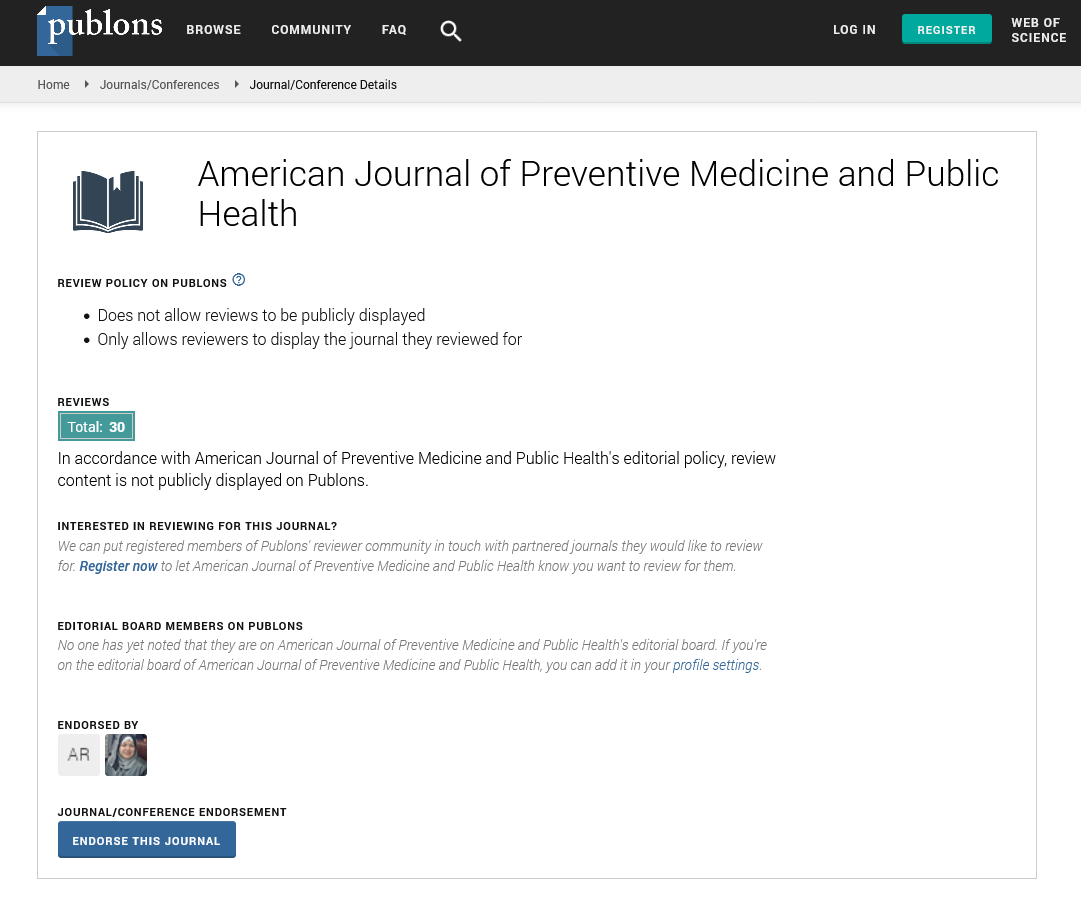Prevalence, drinking patterns, and risk factors of alcohol use and early onset among Ghanaian senior high school students
Abstract
Emmanuel Kofi Bondah1, Lisa H. Gren2 Sharon L. Talboys2
Objectives: Alcohol use among young people (mostly late adolescents) contributes to a range of behavioral, social, economic, and health consequences. This study assessed the prevalence, drinking patterns, and risk factors of alcohol use and early onset among senior high school students in Ghana. Methods: A school-based cross-sectional study adapted from the Youth Risk Behaviour Survey was conducted. Using a cluster sampling technique at four randomly selected senior high schools, 803 participants (59.42% females; mean age = 17 years, SD = 1.72 years, min/max age = 12/25 years) were sampled for the study. Statistical analysis was conducted to assess prevalence, drinking patterns, and associated risk factors to alcohol use and early onset. Results: With a reported prevalence of 38.2% (CI: 37.1–44.1) alcohol use, no statistically significant differences were observed in the prevalence of drinking patterns among males and females. The average age of alcohol onset was 14.97 (SD = 2.84). A simple linear regression indicated that statistically significant independent variables associated with alcohol onset were age, grade, ethnicity, parental status, age of first sex, smoking parents, number of sex partners, age of first purchase, and occasional drunkenness. A multivariable logistic regression analysis indicated that living with a single parent, having smoking friends, number of sex partners, having a single-sex partner, and ever purchasing alcohol were significantly associated with ever drinking. Conclusion: With higher rates of alcohol use and decreasing age of alcohol onset in this study, school health programs, and policy development should focus on addressing associated modifiable risk factors to reduce underage drinking.
PDF






